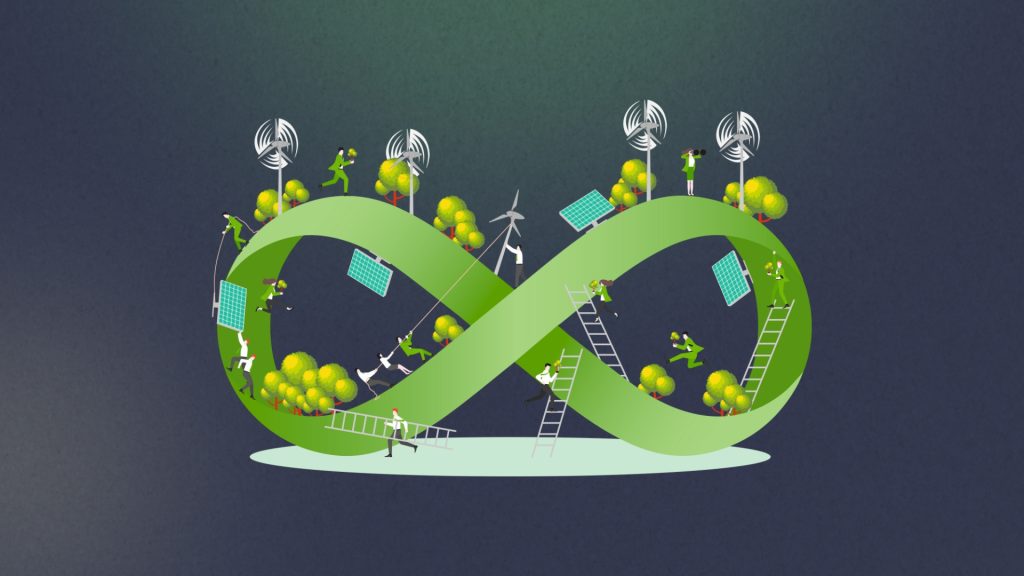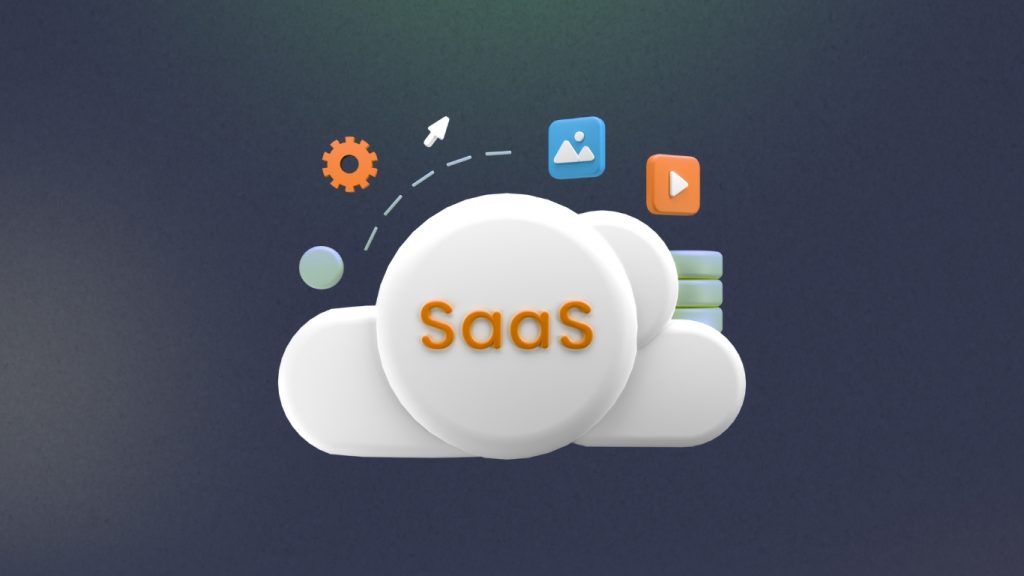
Let’s start with the basics. Green computing is all about using technology in a way that’s good for the planet. It means designing, manufacturing, using, and disposing of computers and related products in an environmentally responsible way. Sounds simple, right? But there’s a lot more going on behind the scenes. We live in a tech-driven world. Laptops, phones, servers, and data centers are everywhere. But here’s the thing: they all consume energy. Tons of it. Green computing steps in to reduce that energy use and minimize harmful e-waste. It’s a way to make tech more eco-friendly without losing performance or productivity.
Why Should You Care?
Let’s be real. Most of us don’t think twice about leaving our laptop charger plugged in overnight. Or upgrading our phones every year. But those small habits? They add up.
According to the International Energy Agency, data centers alone consume about 1% of global electricity demand. And that number keeps rising. The question is, do we really want our gadgets to be part of the problem? If you care about clean air, stable climates, and a future where your grandkids aren’t swimming in e-waste, green computing matters. It’s not just for tech geeks or environmentalists. It’s for everyone.
Benefits of Green Computing
Green computing isn’t just good for the Earth. It’s smart for business and personal tech use too. Let’s break it down:
- Lower Costs: Energy-efficient devices consume less power. That means lower electricity bills.
- Longer Lifespan: Sustainable tech is built to last. Fewer replacements, less hassle.
- Better Brand Image: Companies that go green look more responsible. Customers notice that.
- Regulatory Compliance: More countries now require sustainable practices. Green tech helps you stay compliant.
Real-World Examples

Google runs carbon-neutral data centers. Apple designs devices with recyclable materials. Dell offers a take-back program for old devices. These aren’t just stunts. They’re strategic moves that cut costs, meet regulations, and appeal to eco-conscious users. Even at the individual level, people are switching to LED monitors, choosing Energy Star-rated laptops, and using cloud storage instead of power-hungry hard drives. Every small choice counts.
How to Practice Green Computing
Want to get started? Here are a few easy and effective ways:
- Unplug Devices: When not in use, unplug chargers and devices. They still draw power otherwise.
- Use Power Management Tools: Most devices let you adjust settings to save energy.
- Go Paperless: Digital notes, invoices, and reports save trees and cut clutter.
- Recycle Responsibly: Don’t just throw electronics away. Use certified e-waste recycling programs.
- Upgrade Smartly: Don’t replace unless needed. And when you do, buy energy-efficient models.
Green Data Centers
Let’s zoom in a bit. Data centers are the backbone of the internet. But they’re also energy monsters. Green data centers are changing that. They use renewable energy sources like solar and wind. They optimize cooling systems. And they rely on virtualization to run more efficiently. The result? Less energy, less heat, and fewer emissions.
Companies like Microsoft and Amazon are already investing billions in greener server farms. Because they know the future of cloud computing depends on sustainability.
Energy-Efficient Hardware
Not all hardware is created equal. Green computing promotes the use of:
- Energy Star-rated PCs and monitors
- Solid-state drives (SSDs) over traditional hard drives
- Modular laptops that are easier to repair and upgrade
These choices save energy and reduce waste. Plus, they’re usually faster and more reliable. Win-win.
Common Myths

Let’s bust a few myths:
- “Green computing is expensive” – Not really. The initial cost might be slightly higher, but the savings over time are huge.
- “It compromises performance” – Wrong. Energy-efficient devices are often more powerful and better designed.
- “It’s just a trend” – Sustainability is no fad. It’s the future.
What Can Businesses Do?
If you run a business, here’s how you can go green:
- Switch to cloud services with green certifications
- Encourage remote work to cut travel emissions
- Invest in energy-efficient hardware
- Educate your employees on digital sustainability
- Partner with eco-friendly tech vendors
Every step counts. And your customers will appreciate your commitment.
Conclusion
Green computing is more than a buzzword. It’s a mindset shift. One where technology meets responsibility. By choosing sustainable tech practices, we reduce our carbon footprint. We save money. We build a future that’s not only digital but livable. So, ask yourself: How green is your tech today? And what can you change tomorrow? Whether you’re a tech lover, a startup founder, or just someone who uses a smartphone every day, you have a role to play.
The future is green. Let’s build it together.
Published: May 21, 2025








